Out of all the days in the year, it snows or rains in Copenhagen for 200 of those, so we were extremely lucky to have such amazing weather while we were here! Clear, bright blue skies and warm temperatures.
Copenhagen again was a day trip for us, so this meant i had ~10 hours here and once again that wasn’t enough to explore all the neighbourhoods that Copenhagen has to offer.
I was lucky enough to catch the afternoon Sandemans Free Walking Tour of Copenhagen and learn about the rich history of the city.
So as it turns out, Copenhagen has completely burned down on more than one occasion. The first and greatest fire of Copenhagen in 1728 destroyed approximately 28% of the city and left 20% of the population homeless. No less than 47% of the section of the city, which dates back to the Middle Ages, was completely lost, and along with the Copenhagen Fire of 1795, it is the main reason that few traces of medieval Copenhagen can be found in the modern city. So whenever we were walking around Copenhagen, our tour guide would point and say that where so and so use to be, cause everything was destroyed in the fire.
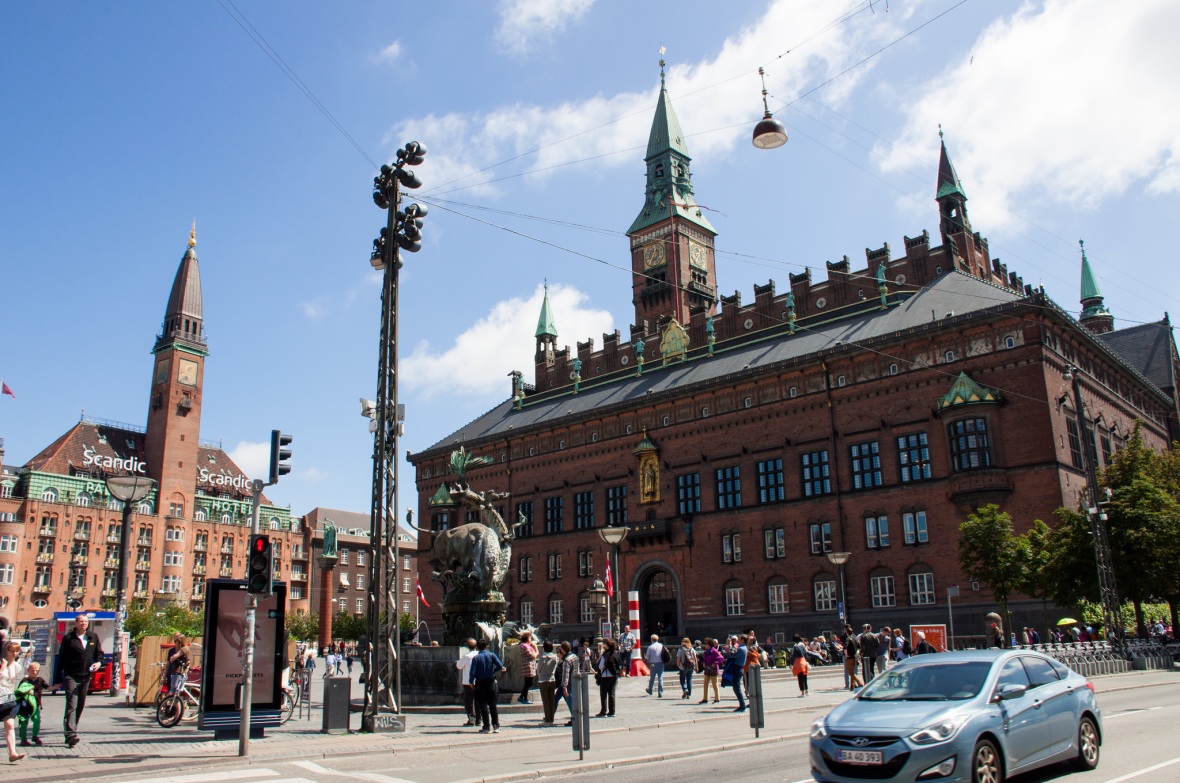
City Hall Square
Coming back to the fire of 1728, the location of the fire is know and is on the corner of the City Hall Square (on the left corner of the left building above). Now it’s between a 7-Eleven and the KFC but back then it was a Restaurant with an apartment above it. Among the tenants were restaurant manager and his wife. It was on the second floor of the restaurateur’s apartment that the fire started.At the inquiries held after the fire was over, both he and his wife stated that their seven-year-old son had started the fire by accidentally upsetting a candle, but it is more likely that it was the result of carelessness on behalf of the parents while casting candles and that they blamed the child to avoid punishment. Could you imagine being that child, who your parents blamed the fire of Copenhagen on and who ruined the entire city? Now that’s a rough childhood.
Tivoli Gardens
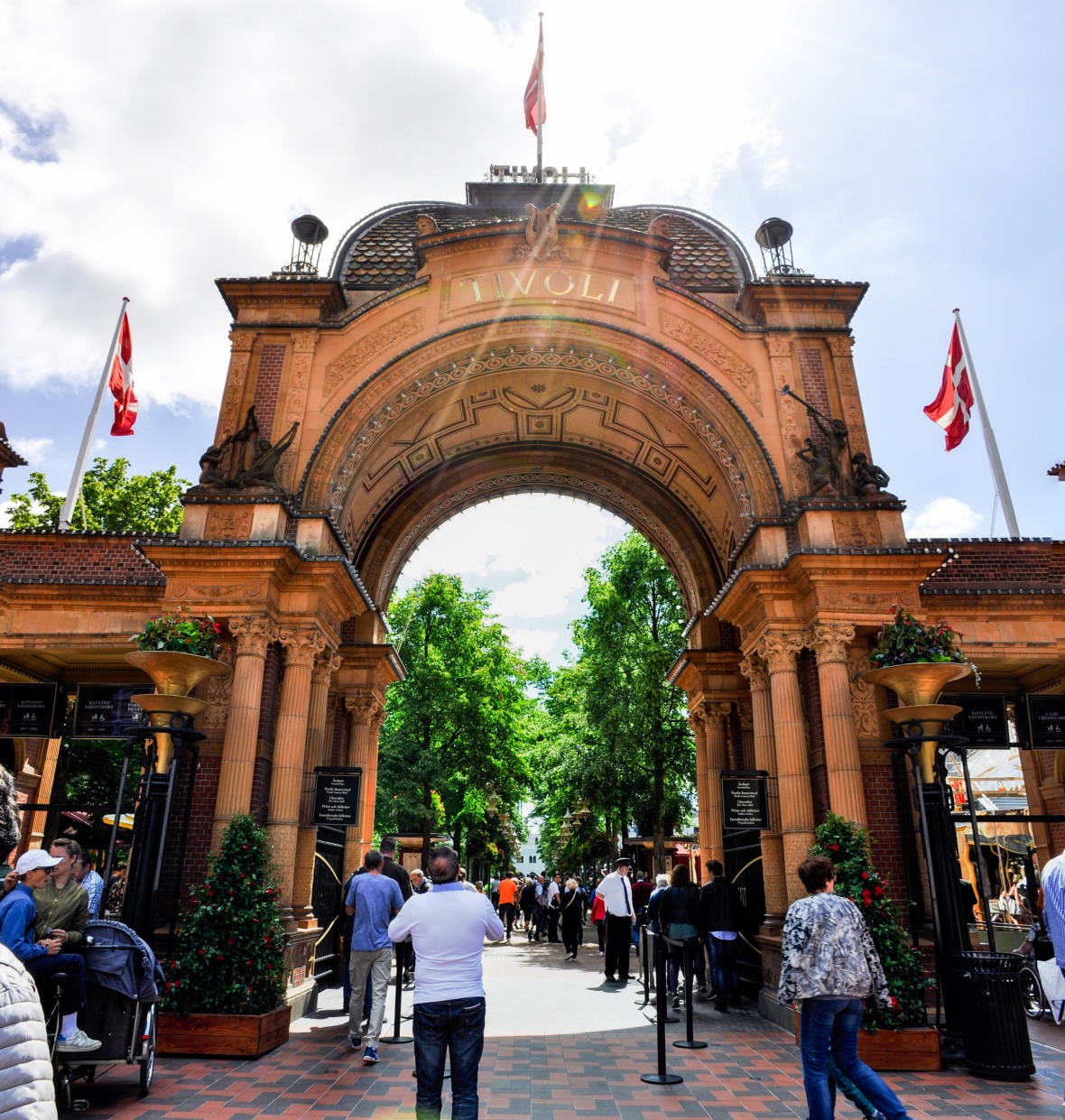
Tivoli Gardens (or simply Tivoli) is a famous amusement park and botanical garden in Copenhagen, Denmark. The park opened on 15 August 1843 and is the second-oldest operating amusement park in the world, after Dyrehavsbakken which is also in Denmark. Tivoli is the second-most popular seasonal amusement park in the world after Europa-Park, the most-visited theme park in Scandinavia, and the third most-visited in Europe, only behind Disneyland Paris and Europa-Park.
Sadly, we did not venture into the gardens/amusement park. Apparently they are open late (til midnight) and the lights at night are spectacular. They also still have a full functioning 100 year old roller coaster. But honestly looking from the outside, it didn’t look anything as near glorious as Wonderland in Canada. As in the rides from a distance looked underwhelming and it’s maybe better suited for children. However I heard the botanical gardens are wonderful.
‘Hygge’
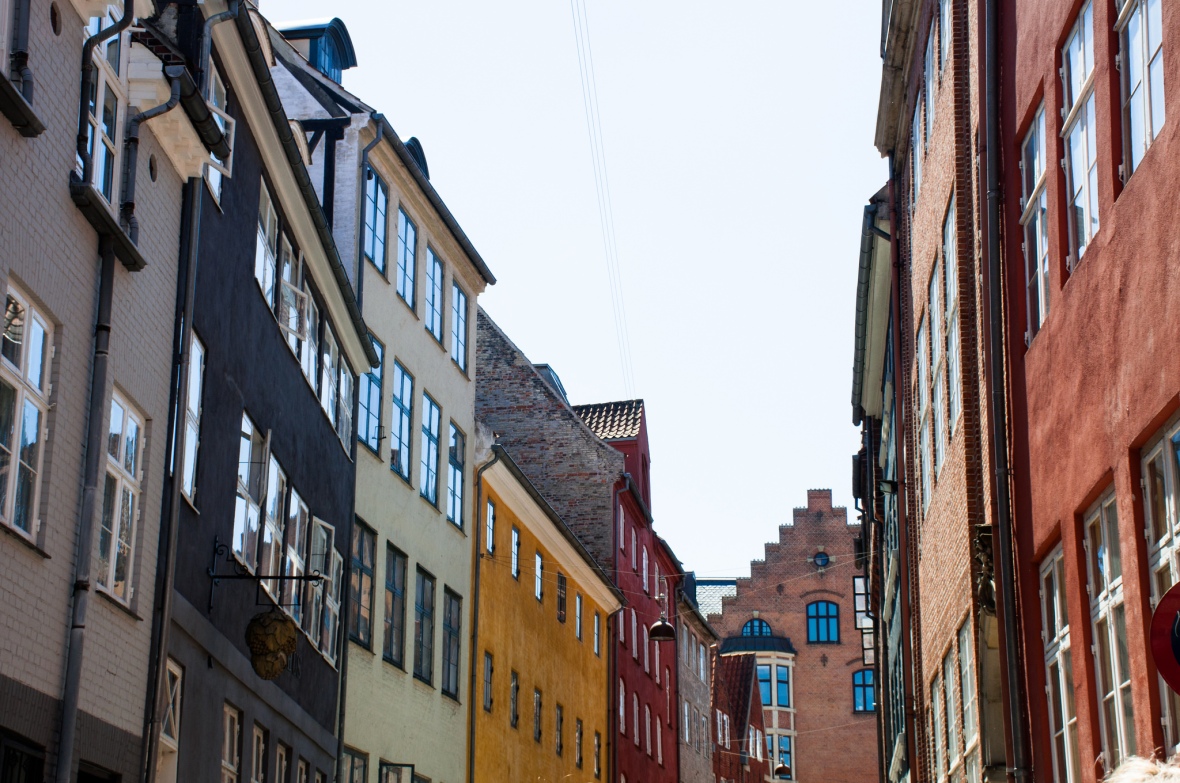
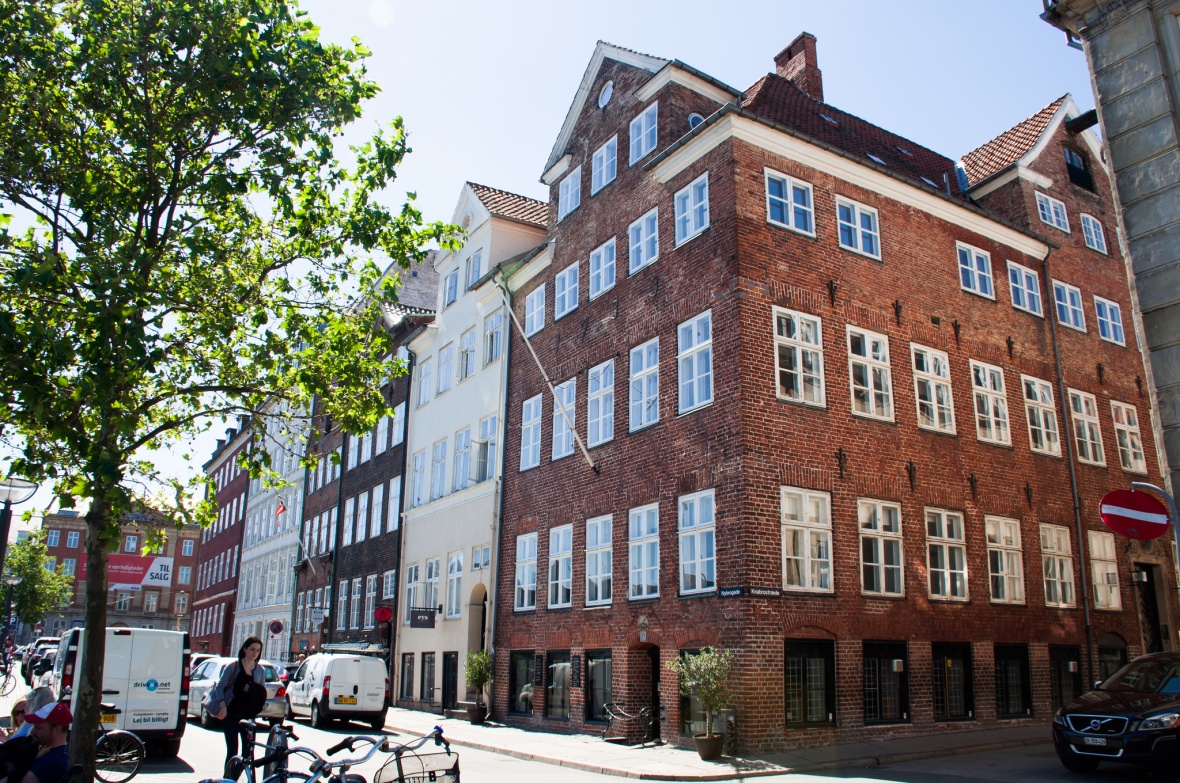
No, Hygge is not a neighbourhood or street in Copenhagen. It is however a Danish word. There really is not translation into english, but the closest thing can be described as a quality of cosiness and comfortable conviviality that engenders a feeling of contentment or well-being. A word that describes Danish culture. So walking around on our tour, our tour guide pointed these out to be “Hygge” streets with maybe an added touch of light snow falling on the ground and light streaming out of the alley way windows.
Nyhavn
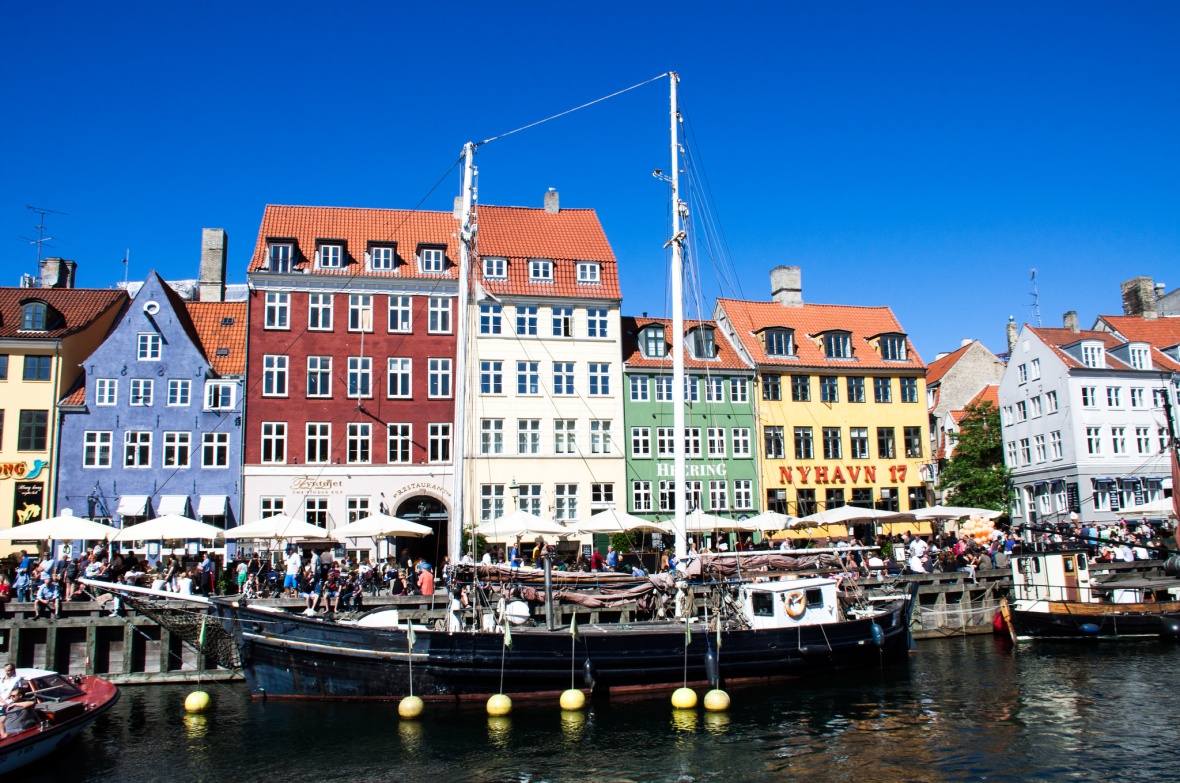
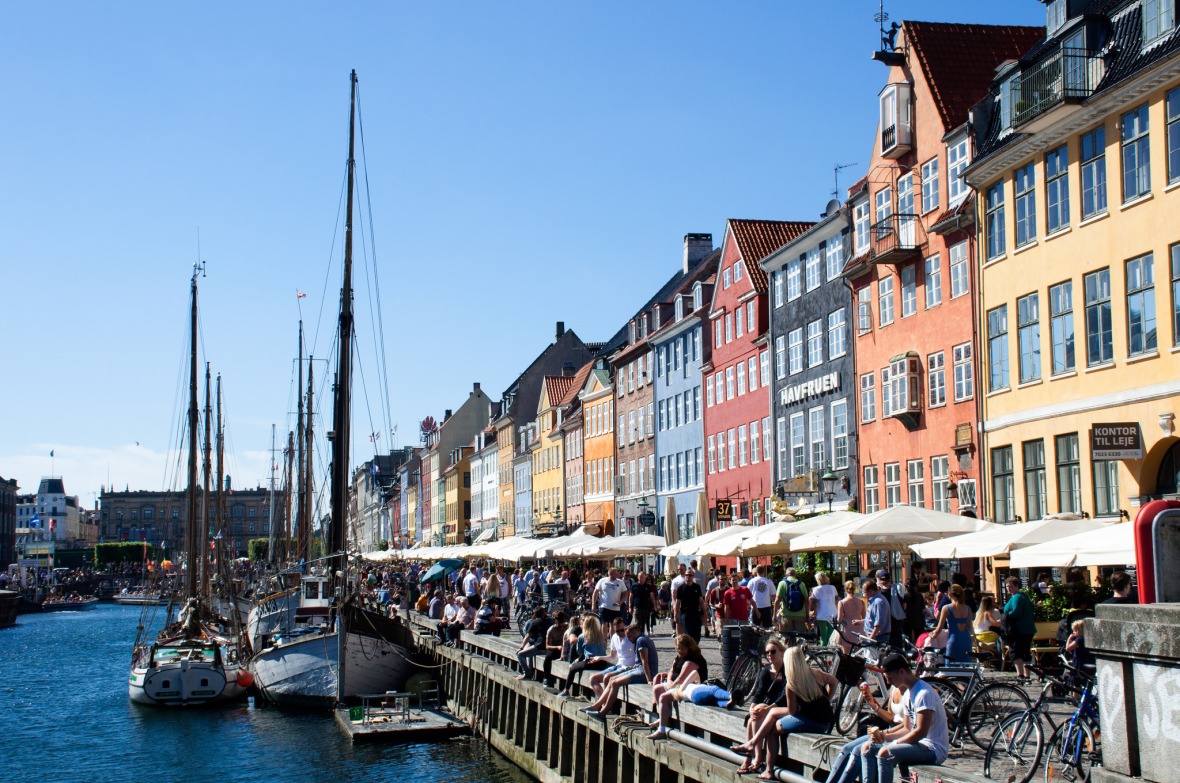
Let’s see if you can figure this one out… Back in the day, what was the main area around a harbour?
If you guessed a place for sailors to unwind with a good visit to the whore house, you’re right! It is a gateway from the sea to the old inner city at Kongens Nytorv (King’s Square), where ships handled cargo and fishermens’ catch. It was notorious for beer, sailors, and prostitution.
Danish author Hans Christian Andersen lived at Nyhavn for some 18 years. Although a prolific writer of plays, travelogues, novels, and poems, Andersen is best remembered for his fairy tales. Andersen’s popularity is not limited to children; his stories, called eventyr in Danish, express themes that transcend age and nationality. Some of his most famous fairy tales include “The Emperor’s New Clothes”, “The Little Mermaid”, “The Nightingale”, “The Snow Queen”, “The Ugly Duckling”, “Thumbelina” and many more.
But nowadays, It’s a main tourist and local destination with many restaurants and bars lining the harbour. They tried really hard to show the people of Denmark that this area of the harbour was turning into a trendy neighbourhood. They asked locals who had luxurious yachts to dock at the neighborhood for free while they held a street party. Problem is, when they went to leave the next day, the bridge that lifts up for them to pass under was broken. They were stuck there for 3 months.
The Little Mermaid
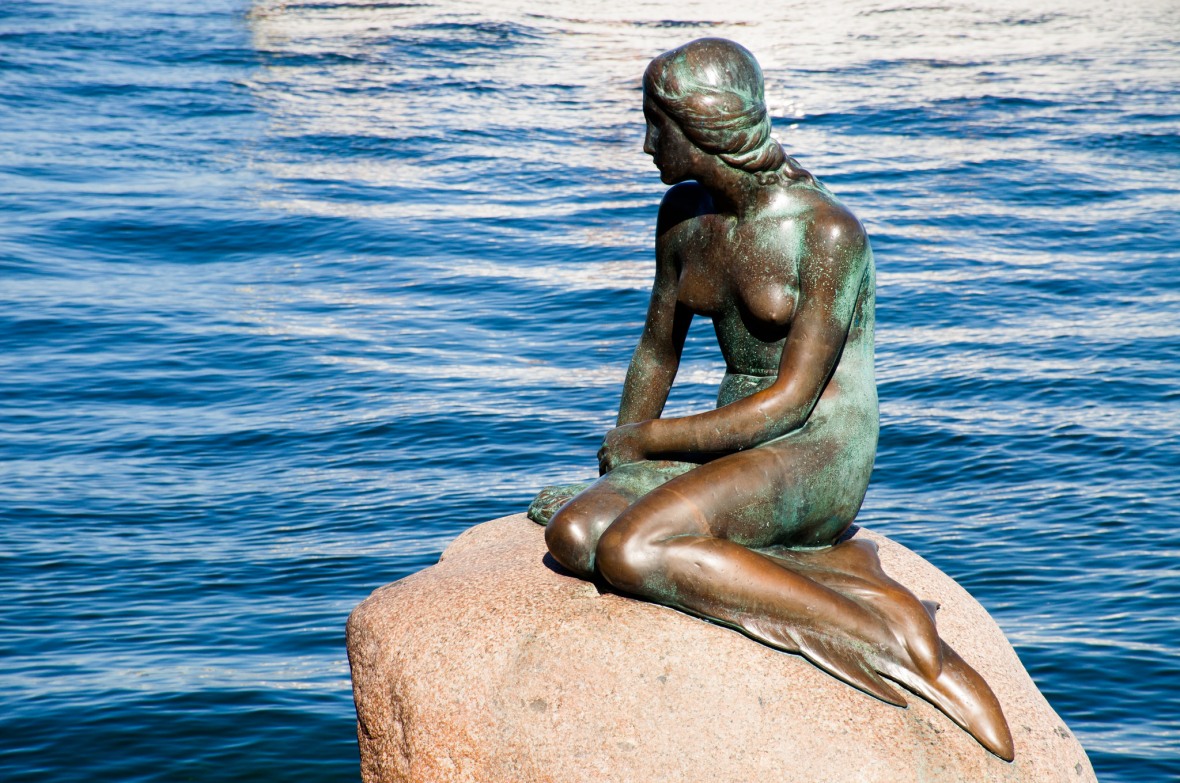
Based on the fairy tale of the same name by Danish author Hans Christian Andersen, the small and unimposing statue is a Copenhagen icon and has been a major tourist attraction since 1913. And let me tell you is it highly overrated and has been on many lists of “over rated tourist attractions”, yet there’s always a huge crowd of tourists surrounding it. As you can see from the statue, you can see she is fully topless. She has two distinct legs and near the bottom you can see her feet. To me, it looks like a woman wearing a wet skirt that clings to her normal human legs. But then again, maybe i’m just use to the image of the little mermaid that Disney created.
Amalienborg
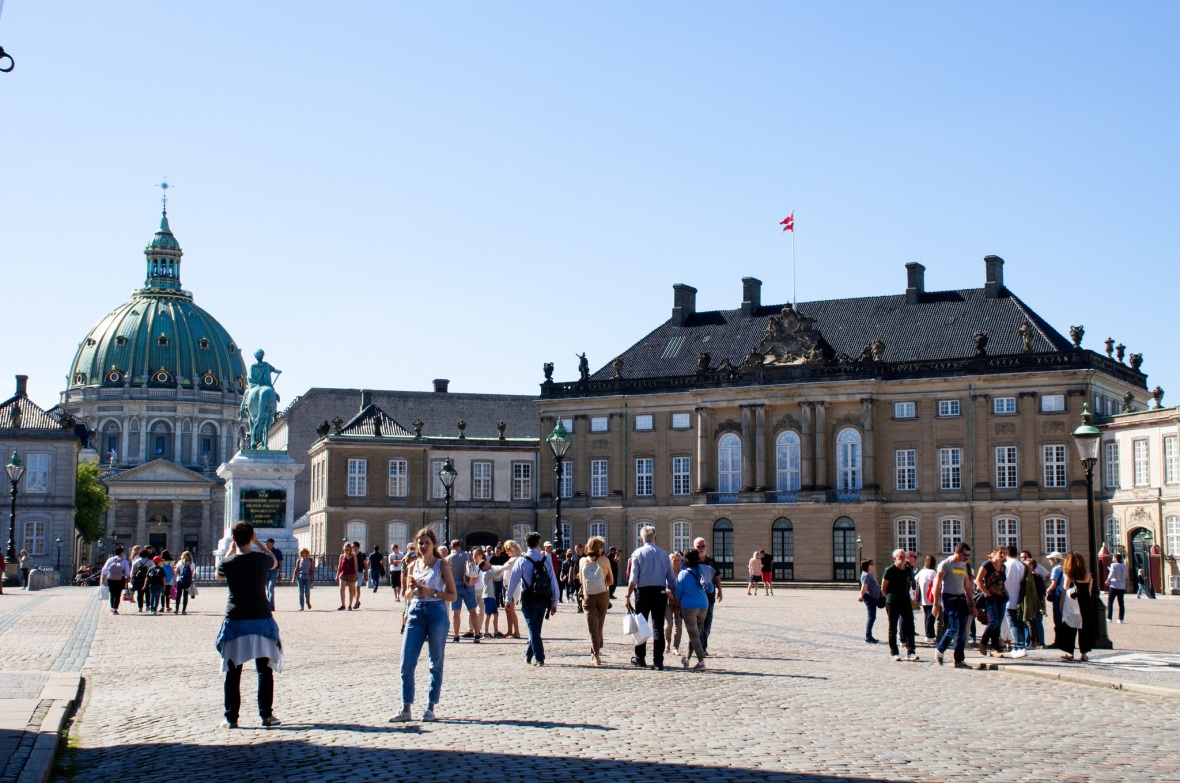
Amalienborg is home of the Danish Royal Family. The square has 4 identical houses where each one of them lives with their family. If the flag on the top is there, they are home. Something that the Royal Family tries to do, is to be more relatable with the public. So everyone knows the Queen is a HUGE Lord of the Rings fan. When she was still Crown Princess of Denmark, Margrethe II sent her own illustrations for The Lord of the Rings to Tolkien, and according to one of the queen’s biographers, Tolkien was struck by how similar her illustrations were to his own. After ascending the throne, Margrethe II would become an official Tolkien artist, with her illustrations appearing in a 1977 Danish edition of The Lord of the Rings under the pseudonym Ingahild Grathmer. Cool eh?!
Christiansborg Palace
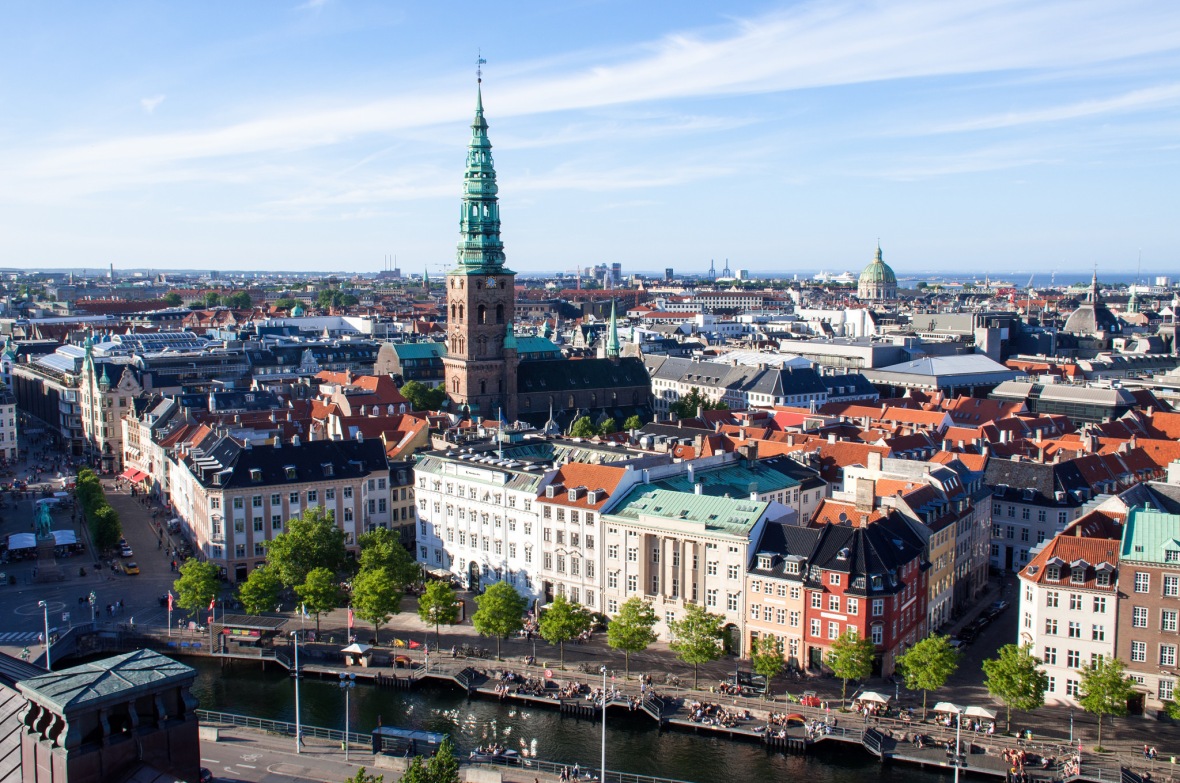
Yay! Something FREE to do in Copenhagen! You can go up the tower of Christiansborg Palace and the best part yet is that there’s actually an elevator! The views from the top are really spectacular and give you a great 360 of all Copenhagen, you can even see the Øresund (bridge that connects Denmark and Sweden) from the top.
LEGO
Another amazing thing that I had no idea about, was that LEGO was created in Denmark! And yes, they even have a store on the popular street of Stroget. Inside they even have a LEGO set of the Nyhavn harbour. Sadly, by the time we walked over to the store, it had closed. It closed at 6pm! Another thing I could not get use to, everywhere closed early, no matter the day of the week.
So that was my trip to Copenhagen. Buying food was pretty expensive, even the “cheap eats” listed on TripAdvisor were about 20€ per person. There were also a lot of places I didn’t get to explore here, like Freetown Christiania which is the hippy neighbourhood of Copenhagen or even Papirøen, which is called Paper Island and holds amazing food truck style eating. And not to mention I missed out on the LEGO store!


Been anxious to visit Copenhagen, now even more! Great post, cheers.
LikeLike
That looks amazing. And that signature statue of mermaid..😊
LikeLike